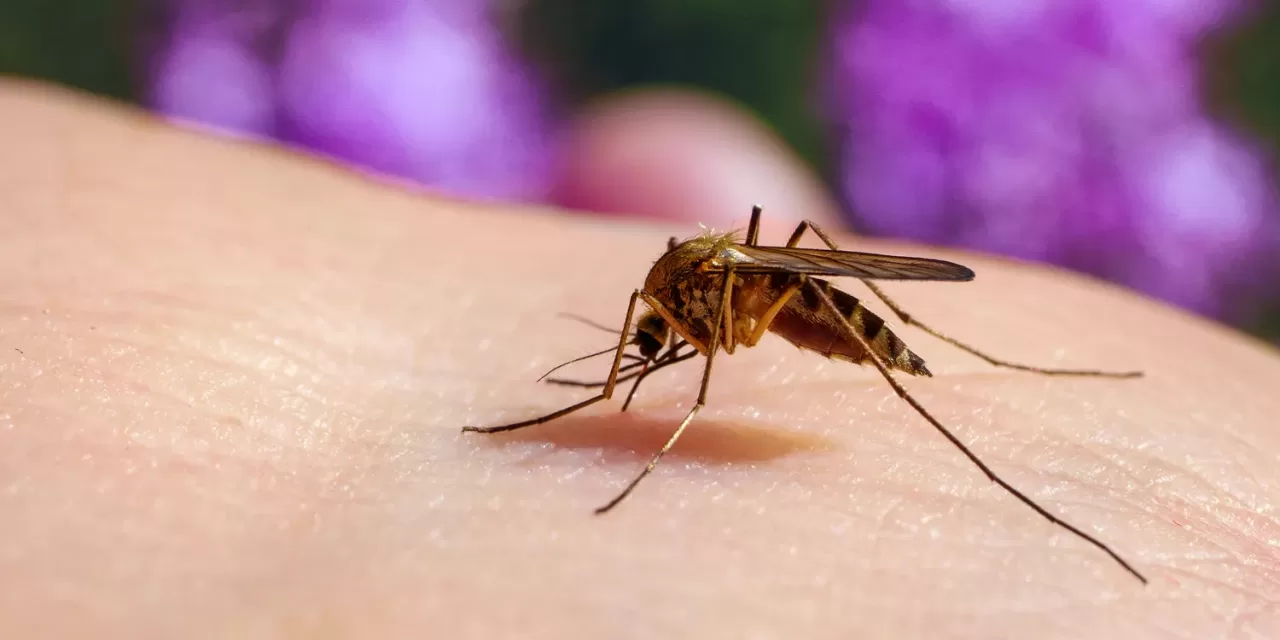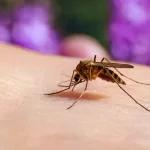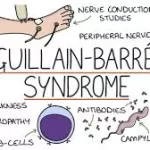Date: February 2, 2025
A new study sheds light on the surprising way mosquitoes could be spreading diseases across vast distances. While mosquitoes are typically confined to areas close to the ground, high-altitude winds can sometimes carry them far from their homes, along with a variety of harmful pathogens. The study, recently posted on the bioRxiv preprint server, reveals that more than 1,000 mosquitoes caught at altitudes between 120 and 290 meters in rural Africa were carrying pathogens like the dengue virus, West Nile virus, and even a relatively unknown pathogen, the M’poko virus.
The researchers, led by Tovi Lehmann, a mosquito ecologist at the National Institute of Allergy and Infectious Diseases (NIAID), found that more than one in ten of the mosquitoes collected carried at least one of these viruses. This suggests that these high-altitude mosquito migrations could play a role in spreading diseases across regions, possibly over long distances. Although the study does not confirm that the mosquitoes can infect humans or animals in far-off places, the findings strongly suggest that this movement could be a contributing factor to disease outbreaks, particularly in parts of Africa.
Heather Ferguson, an infectious disease ecologist at the University of Glasgow, who was not involved in the research, emphasized that while scientists have suspected the possibility of such high-altitude pathogen transport for years, this study provides the first concrete evidence. The mosquitoes were found at altitudes in rural areas of Mali and Ghana, where researchers used large helium-filled balloons to lift panels of sticky nets that captured the insects. Over 191 nights of observation, the researchers collected mosquitoes from 61 different species and checked them for a wide range of pathogens.
These findings open new questions about the role of altitude in mosquito behavior and disease transmission. Although mosquitoes are generally restricted to low altitudes due to strong winds, some species make systematic, high-altitude trips. In a 2019 study, Lehmann had already shown that mosquitoes could travel long distances after being carried by winds, and it is believed that these movements are not accidental but part of a survival strategy. The study suggests that these mosquitoes could potentially transport malaria-causing parasites and other pathogens.
The research team’s work also uncovered avian malaria in mosquitoes, which is harmful to birds but harmless to humans. While it remains uncertain whether mosquitoes infected with diseases are still capable of transmitting them after long high-altitude journeys, experts agree that this study takes an important step in understanding the mechanics of disease transmission via mosquito migration. However, it is unclear whether infected mosquitoes can survive the journey and still pose a risk by infecting hosts upon arrival.
Fredros Okumu, a mosquito biologist at the Ifakara Health Institute, cautioned that while high-altitude mosquito travel is significant, other factors—such as the movement of infected humans and animals—may remain more important contributors to disease transmission. Still, this research may have implications for future mosquito control methods. As some African countries consider introducing genetically modified mosquitoes to fight diseases, researchers warn that these engineered insects could be inadvertently blown across borders to regions where they have not been authorized.
While further research is needed to explore the broader implications of these findings, this study underscores the potential for windborne mosquitoes to act as unwitting carriers of disease, emphasizing the importance of surveillance and preparedness in regions where such mosquito migration could pose a risk.
Disclaimer: The study discussed in this article is currently available as a preprint on bioRxiv and has not yet undergone peer review. As such, the findings and conclusions should be interpreted with caution. Further research and validation are necessary to confirm the implications of these results for global health.
Source: Science, DOI: 10.1126/science.zi8n79a











